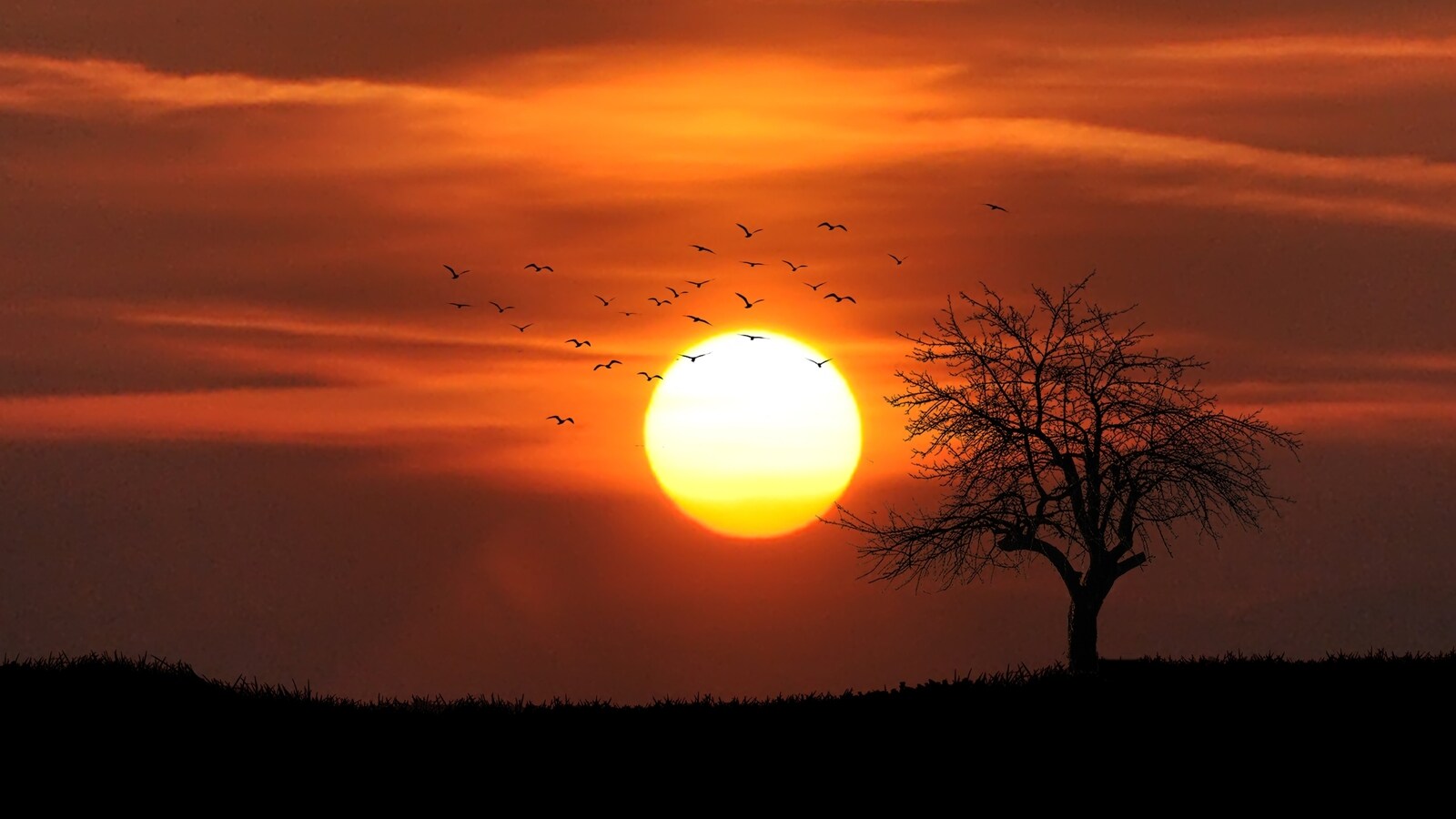Solar storm TERROR looms for Earth as equinox approaches; Know why the date is SCARY
The vernal equinox will arrive in two days’ time on March 21. On this day, the magnetic fields of Earth are at their weakest and even weak solar winds can wreak havoc by causing a powerful solar storm.






 View all Images
View all ImagesThe month of March has already been quite devastating in terms of solar storm events. We have witnessed multiple solar flare eruptions that have caused blackouts in multiple regions. There were also a few solar storms, with the most intense one peaking at a G2-category storm. But in two days' time, things can go much worse for the Earth. The vernal equinox will arrive on March 21. And based on historical data, this is the time of the year when our planet suffers the most powerful solar storms. But why is that? Check details.
According to a report by SpaceWeather.com, it was mentioned that solar storms love equinox. The report stated, “The vernal equinox is only 3 days away. That's good news, because auroras love equinoxes. Researchers call it the "Russell-McPherron effect." At this time of year, cracks form in Earth's magnetic field. Even a weak stream of solar wind can penetrate to spark a good display”.
Solar storms love equinox
The vernal equinox is referred to as the spring equinox which occurs on March 21. On this day, the duration of day and night are equal in length (12 hours each) in both the hemispheres. This happens because on this day, the subsolar point passes through the equator. In simple terms, the Earth's orientation brings it to a position where both the north and south poles are equidistant from the Sun. And this causes an interesting phenomenon.
The magnetic fields of Earth tend to weaken at higher altitudes during spring equinox because the field lines are directed towards the Sun which create openings for solar winds to escape into the atmosphere. If a solar storm were to be blasted on this day, it would face much less resistance getting inside the atmosphere than any other time of the year. As a result, even weak coronal mass ejections (CME) can cause a terrifying event.
There are quite a few sunspots active on the Sun, which also add to the concerns around a solar storm event on that day. If we did suffer a solar storm, the intensity could be strong enough to potentially damage satellites, break down mobile networks and internet services, cause power grid failures and corrupt sensitive ground-based electronics.
At the moment, it is difficult to tell whether a solar storm can come to the Earth on this day or not, and astronomers are keeping a watchful eye towards any activity on the Sun.
Catch all the Latest Tech News, Mobile News, Laptop News, Gaming news, Wearables News , How To News, also keep up with us on Whatsapp channel,Twitter, Facebook, Google News, and Instagram. For our latest videos, subscribe to our YouTube channel.





























